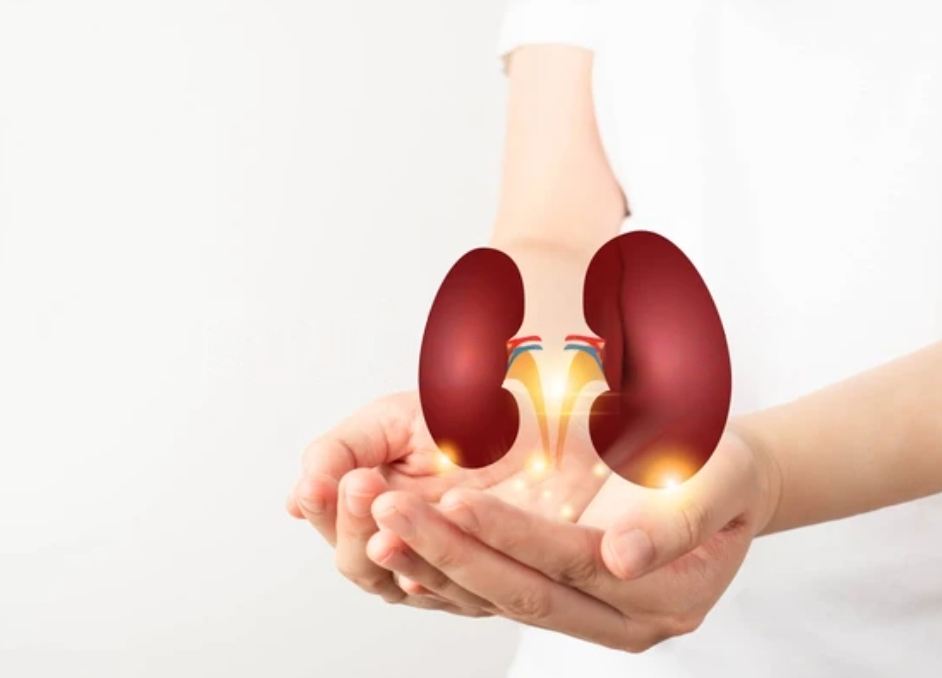In today’s fast-paced world, prioritizing health and wellness is crucial for maintaining a balanced and fulfilling life. By adopting a holistic approach to well-being, we can enhance our physical, mental, and emotional health. This comprehensive guide delves into various aspects of health and wellness, providing actionable insights and strategies to help you achieve optimal well-being.
The Foundations of Health and Wellness
Physical Health: The Pillar of Well-being
Physical health forms the cornerstone of overall wellness. It encompasses various aspects, including nutrition, exercise, and sleep. A well-rounded approach to physical health involves:
1. Balanced Nutrition:
- Consume Whole Foods: Focus on a diet rich in whole foods such as fruits, vegetables, whole grains, lean proteins, and healthy fats. These provide essential nutrients and support overall health.
- Hydration: Drinking adequate water is vital for maintaining bodily functions, supporting metabolism, and promoting healthy skin.
- Limit Processed Foods: Minimize the intake of processed and sugary foods, which can lead to various health issues such as obesity, diabetes, and heart disease.
2. Regular Exercise:
- Cardiovascular Activities: Engage in activities like running, cycling, or swimming to strengthen the heart and improve cardiovascular health.
- Strength Training: Incorporate resistance exercises to build muscle mass, enhance bone density, and boost metabolism.
- Flexibility and Balance: Practices like yoga and Pilates help improve flexibility, balance, and overall body awareness.
3. Quality Sleep:
- Sleep Hygiene: Establish a consistent sleep routine, create a comfortable sleep environment, and avoid screens before bedtime.
- Adequate Rest: Aim for 7-9 hours of sleep per night to allow the body to repair and rejuvenate.
Mental Health: Nurturing the Mind
Mental health is equally important as physical health. It involves managing stress, fostering positive relationships, and engaging in activities stimulating the mind. Key strategies for maintaining mental health include:
1. Stress Management:
- Mindfulness and Meditation: Practice mindfulness techniques to reduce stress and enhance mental clarity.
- Time Management: Organize your day effectively to balance work, leisure, and rest, reducing feelings of overwhelm.
2. Positive Relationships:
- Social Connections: Cultivate meaningful relationships with family, friends, and community members to build a support network.
- Communication: Practice open and honest communication to strengthen relationships and resolve conflicts.
3. Mental Stimulation:
- Lifelong Learning: Engage in continuous learning through reading, puzzles, or taking up new hobbies to keep the mind active.
- Creative Outlets: Pursue creative activities like painting, writing, or playing a musical instrument to express emotions and relieve stress.
Emotional Health: Balancing Feelings
Emotional health involves understanding and managing our emotions, fostering resilience, and maintaining a positive outlook on life. Strategies to support emotional health include:
1. Self-Awareness:
- Recognize Emotions: Identify and acknowledge your emotions without judgment to understand their impact on your well-being.
- Reflective Practices: Journaling and self-reflection help gain insights into emotional patterns and triggers.
2. Resilience Building:
- Adaptability: Develop the ability to adapt to changes and bounce back from setbacks.
- Coping Mechanisms: Utilize healthy coping mechanisms such as exercise, talking to a friend, or engaging in hobbies to manage difficult emotions.
3. Positive Thinking:
- Gratitude Practice: Regularly practice gratitude by acknowledging and appreciating positive aspects of life.
- Affirmations: Use positive affirmations to reinforce self-worth and confidence.
Holistic Wellness Approaches
Integrative Medicine: Combining Traditional and Modern Practices
Integrative medicine combines conventional medical practices with alternative therapies to provide a comprehensive approach to health care. This approach emphasizes treating the whole person, not just the symptoms. Key components include:
1. Complementary Therapies:
- Acupuncture: Used to alleviate pain and promote healing by stimulating specific points on the body.
- Herbal Medicine: Incorporates the use of plants and herbs for their medicinal properties to support overall health.
2. Mind-Body Techniques:
- Yoga and Tai Chi: These practices enhance physical strength, flexibility, and mental clarity through mindful movement.
- Biofeedback: A technique that teaches individuals to control physiological processes such as heart rate and muscle tension.
Preventive Health: Proactive Measures for Long-Term Well-being
Preventive health focuses on measures that can prevent illnesses or detect them early when they are more treatable. Important preventive strategies include:
1. Regular Screenings:
- Health Check-ups: Routine medical check-ups can detect potential health issues early.
- Screening Tests: Tests like mammograms, colonoscopies, and blood pressure checks are crucial for early detection of diseases.
2. Vaccinations:
- Immunization: Staying up-to-date with vaccinations helps protect against preventable diseases.
3. Healthy Lifestyle Choices:
- Avoid Smoking and Limit Alcohol: These habits significantly reduce the risk of chronic diseases.
- Maintain a Healthy Weight: Achieving and maintaining a healthy weight through diet and exercise reduces the risk of various health conditions.
Conclusion
Achieving and maintaining health and wellness is a lifelong journey that involves a holistic approach to physical, mental, and emotional well-being. By incorporating balanced nutrition, regular exercise, quality sleep, stress management, positive relationships, and preventive health measures into our daily lives, we can lead a healthier and more fulfilling life.




One thought on “The Ultimate Guide to Health and Wellness”